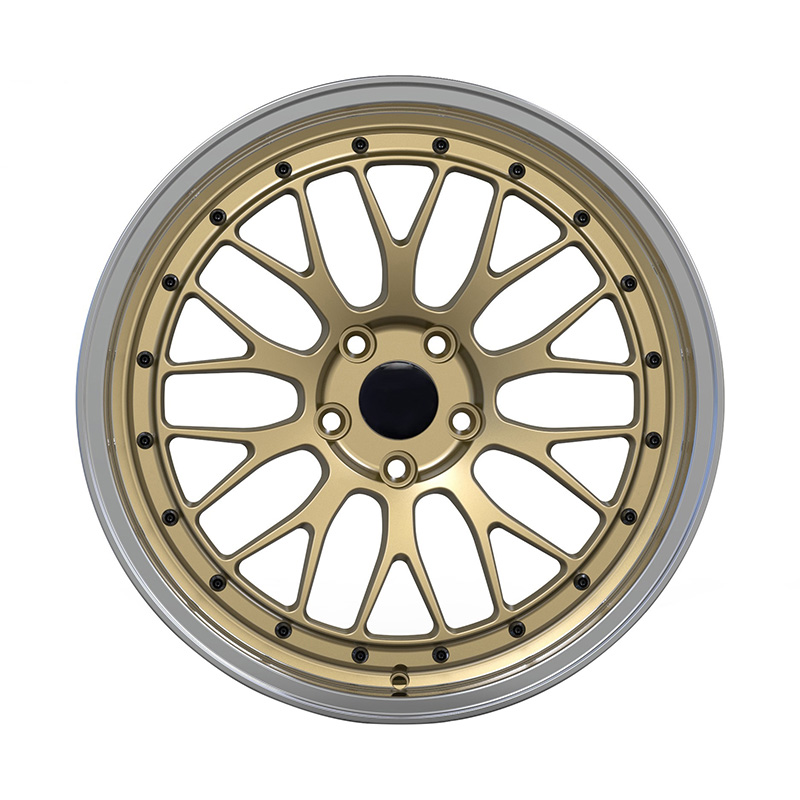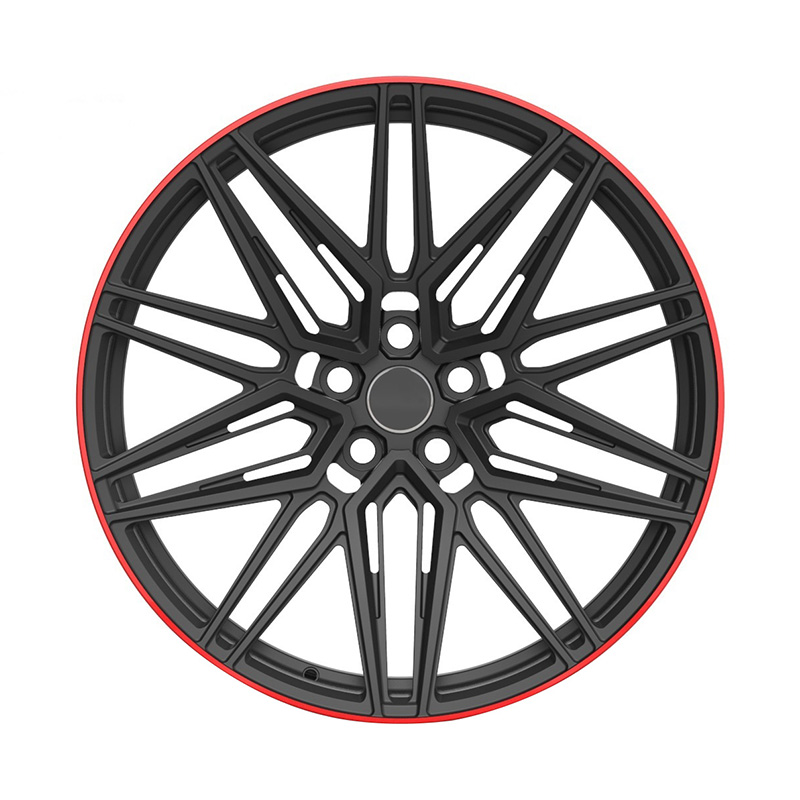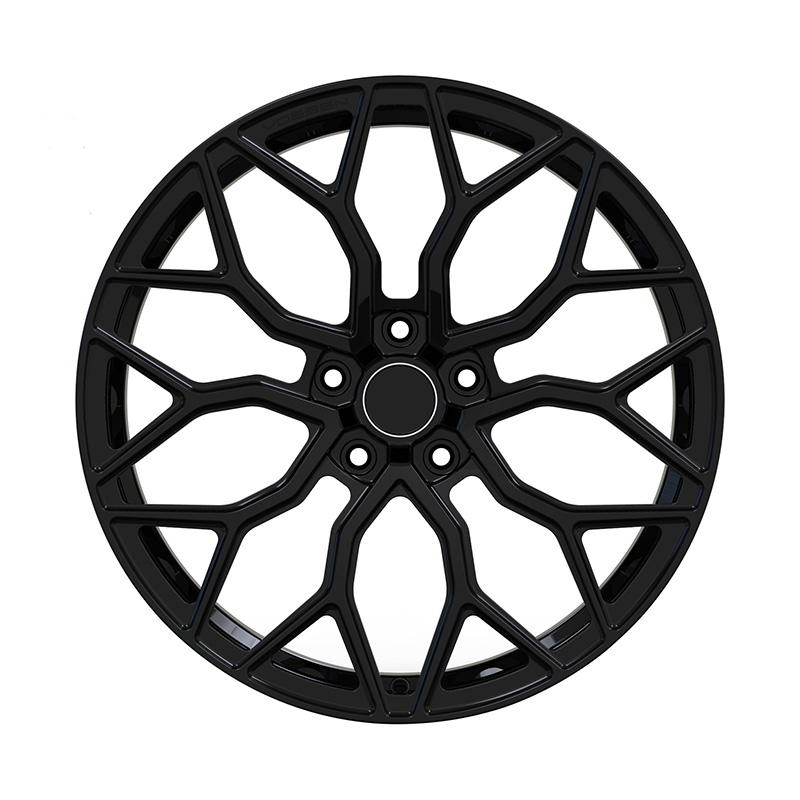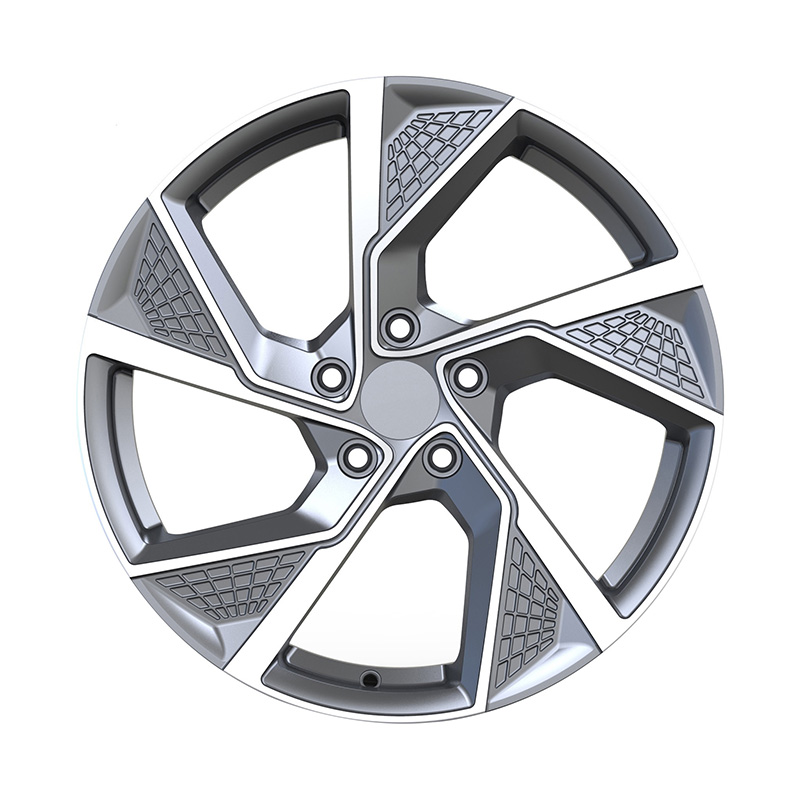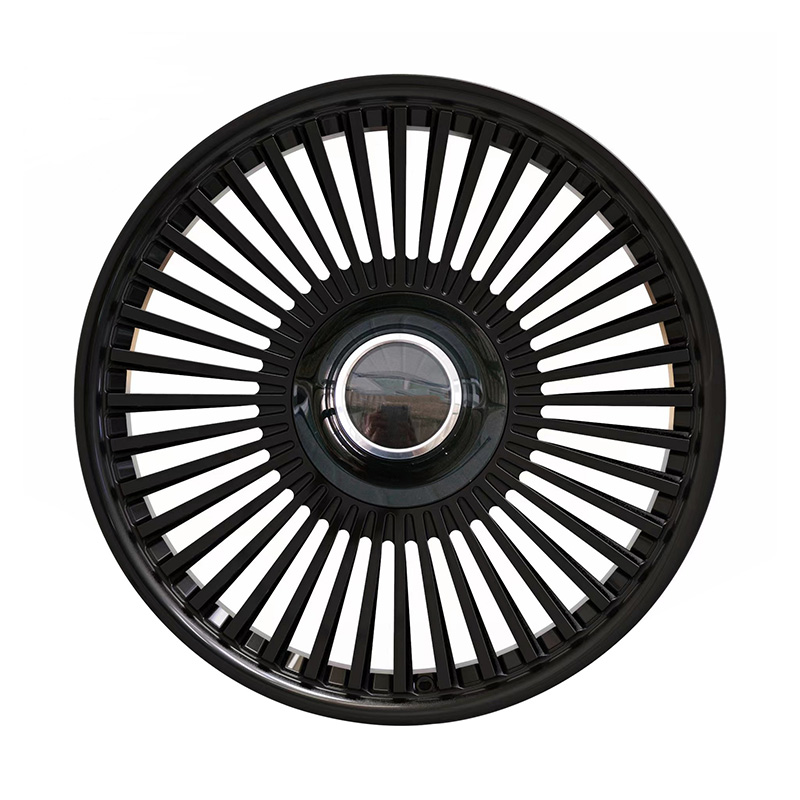
Submit
Submit feedback
Vintage Race Car Wheels: A Glimpse into Motorsport Heritage
2024-11-08
Vintage race car wheels are more than just functional components—they are timeless pieces of motorsport history. The evolution of race car wheels has mirrored the advancement of automotive technology itself, with vintage wheels often representing the pinnacle of design and engineering in their respective eras.
In the early days of motorsport, wheels were typically simple, heavy, and designed with practicality in mind. As racing began to evolve, so too did the demand for lighter, stronger, and more aerodynamically efficient wheels. Early race car wheels were usually made of steel or aluminum alloys, often with riveted constructions. Over time, manufacturers began to innovate, creating wheels that not only improved performance but also pushed the boundaries of design.
One of the iconic features of vintage race car wheels is their simplicity. Unlike modern wheels, which may feature complex designs for better aerodynamics or weight distribution, vintage wheels were often minimalist in appearance. These wheels were designed for a purpose—lightweight construction to reduce unsprung weight, which is crucial for handling and acceleration. At the same time, durability was key, as these wheels had to withstand the immense forces encountered on racetracks.
The size and width of vintage race car wheels also reflect the evolution of racing. Early race cars used narrow wheels, while later models, especially in the 1960s and 1970s, began to feature wider wheels for improved grip. The introduction of larger wheels also allowed for bigger tires, which were critical for providing better traction and handling on more demanding tracks.
Vintage wire spoke wheels are among the visually striking and historically significant components in the world of classic cars. Often associated with luxury automobiles and high-performance racing machines from the mid-20th century, these wheels evoke a sense of craftsmanship that is seen in modern car design.
The history of wire spoke wheels can be traced back to the early 1900s, when they were used on bicycles before transitioning to automobiles. The design's primary advantage was its ability to absorb shocks while remaining lightweight. This made wire wheels particularly suitable for racing, where performance and durability were of paramount importance. The spokes created a flexible structure that could better handle the stresses of high-speed driving, a necessity for early race cars that lacked the advanced suspension systems we take for granted today.
One of the defining features of vintage wire spoke wheels is their elegant appearance. The intricate, crisscrossing spokes create a dynamic, almost artistic pattern that sets them apart from the more solid wheels commonly seen in modern cars. In fact, the aesthetic appeal of wire spoke wheels became so important that many car manufacturers—such as Jaguar, Ferrari, and Aston Martin—employed them not only for performance reasons but also to enhance the luxury and sophistication of their vehicles.
Classic alloy wheels have played a significant role in shaping the aesthetics and performance of cars for decades. Introduced in the 1960s, alloy wheels quickly became a favorite in both performance vehicles and everyday cars due to their lightweight construction and strength. Over time, they’ve evolved into an integral part of car design, with classic alloy wheels often seen as a symbol of both style and engineering sophistication.
The primary advantage of alloy wheels over traditional steel wheels is their lighter weight. Alloy wheels are made from a mix of aluminum, magnesium, and other metals, which not only make them lighter but also increase their strength and resistance to corrosion. This reduction in weight, particularly in the wheels, results in improved vehicle handling, faster acceleration, and better fuel efficiency. Classic alloy wheels, in particular, have often been prized for these performance benefits, especially in the realm of racing and performance cars.
However, alloy wheels were not just about performance—they also provided a canvas for unique and innovative design. During the 1960s and 1970s, manufacturers like BBS, Minilite, and Panasport revolutionized the design of alloy wheels, producing lightweight, multi-spoke designs that were as much about form as they were about function. These designs became iconic, with their intricate, star-shaped patterns or five-spoke designs becoming associated with both motorsport and the stylish streetcars of the time.
recommend products
-
Zhenlun Multi Spokes Split Monoblock Forged Wheels Bronze With Silver Lip Edge
-
Zhenlun Matt Black With Red Lip Monoblock Forged Wheels
-
Zhenlun Gloss Black Monoblock Forged Wheels Gloss Black For Sports Car
-
Zhenlun Monoblock Forged Wheels Lightgrey With Machined Face
-
Zhenlun Monoblock Forged Wheels Gloss Black Dense Multi Spoke

 0
0

